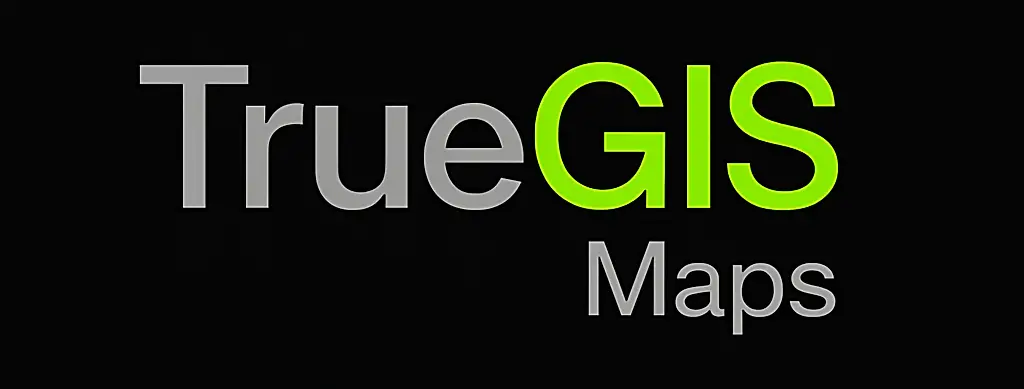Client-Side vs Server-Side Rendering in Web GIS
Modern Web GIS can render either in the browser (client-side) or on the server before sending images/tiles to the browser. The “right” choice depends on your data size, styling needs, interactivity, and how you plan to print.
Client-side rendering (browser)
- Tech: OpenLayers, Leaflet, WebGL renderers.
- Pros: Low latency interactions, dynamic styling, offline potential, easy annotations.
- Cons: Heavy datasets can affect performance; device-dependent.
- Printing: Works well with TrueGIS because drawings and styles are already in-browser at export time.
Server-side rendering
- Tech: Map server produces raster tiles or images.
- Pros: Centralized performance; predictable tile caching; good for huge datasets.
- Cons: Less interactive styling; infrastructure cost; potential lag.
- Printing: Quality depends on source tile resolution; vector overlays still recommended for crisp outputs.
Choosing an approach
- Small to medium data + interactivity? Client-side is usually best.
- Large datasets or many users? Consider server-side tiles plus light client overlays.
- Need accurate prints? Keep annotations as vectors and use a scaled layout (see Inkmap deep dive).
Next: learn the browser stack in OpenLayers basics and compare Leaflet vs OpenLayers.
